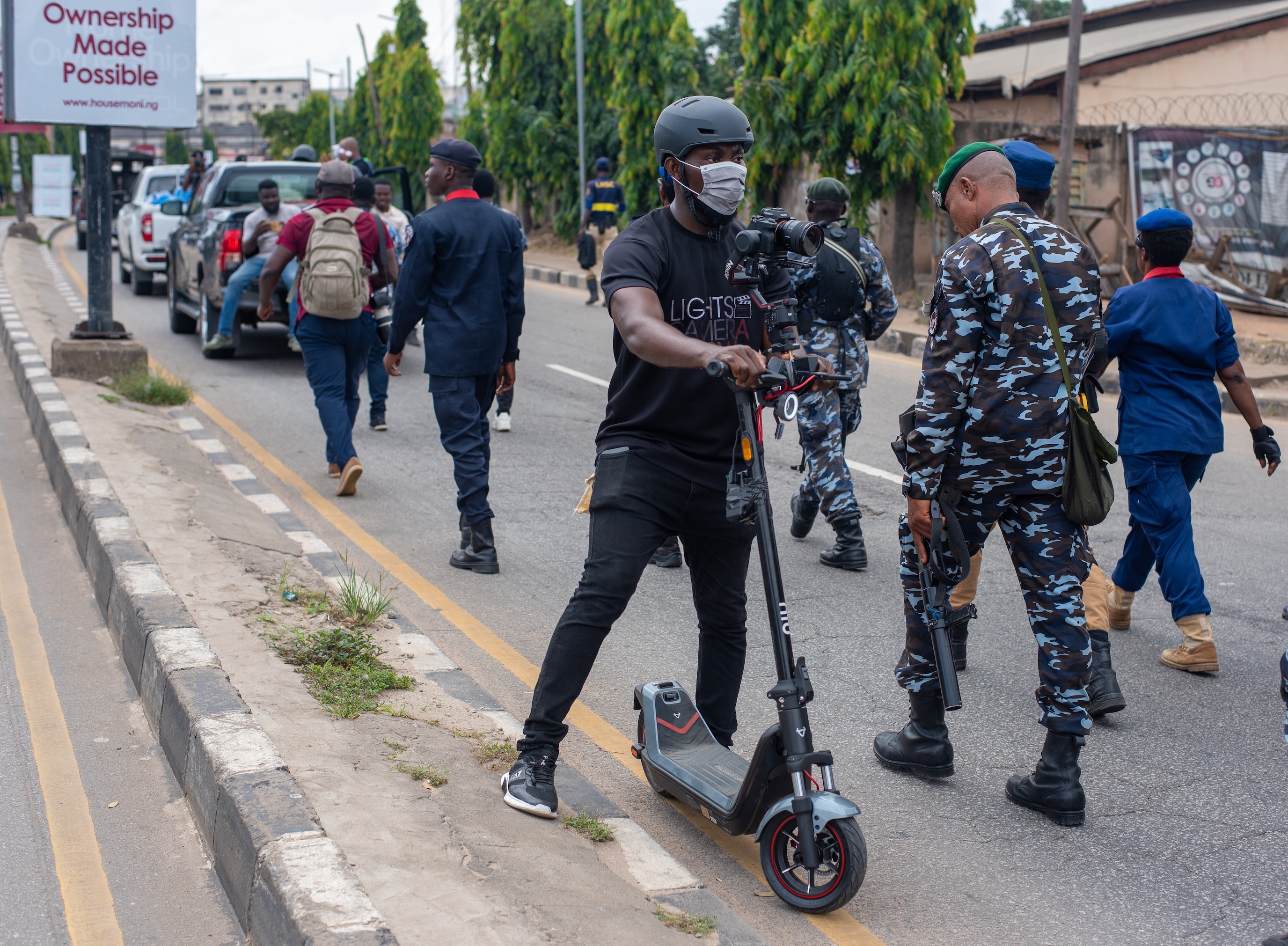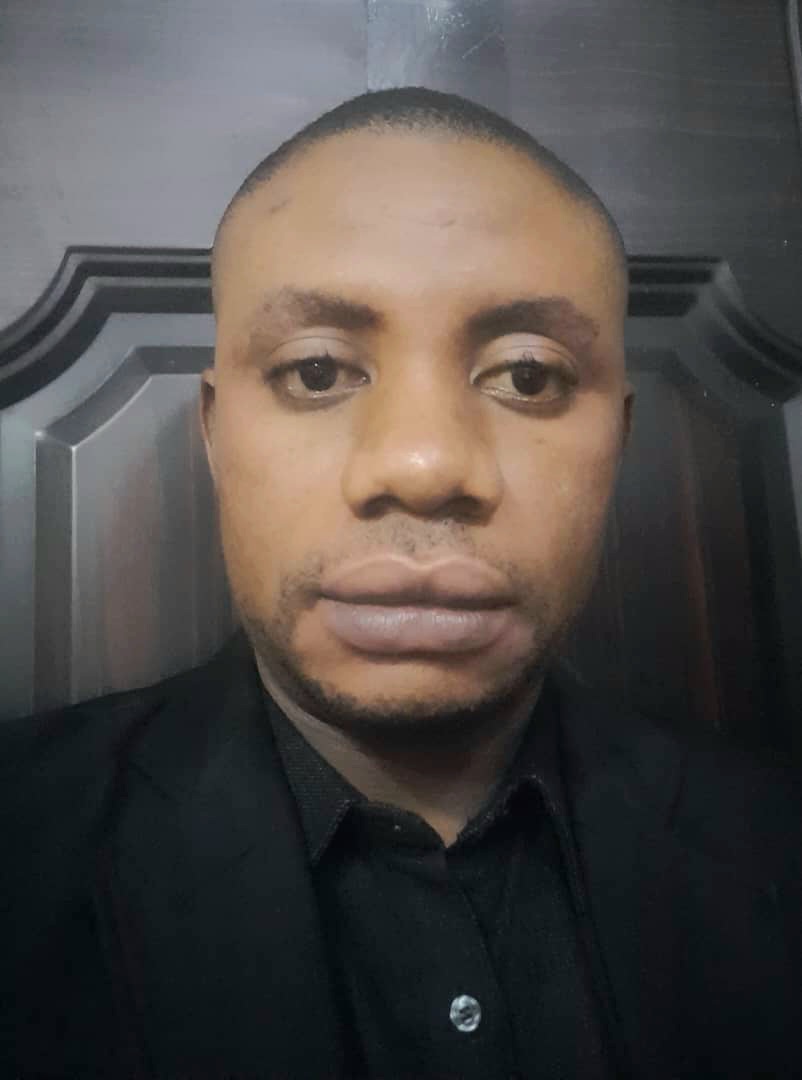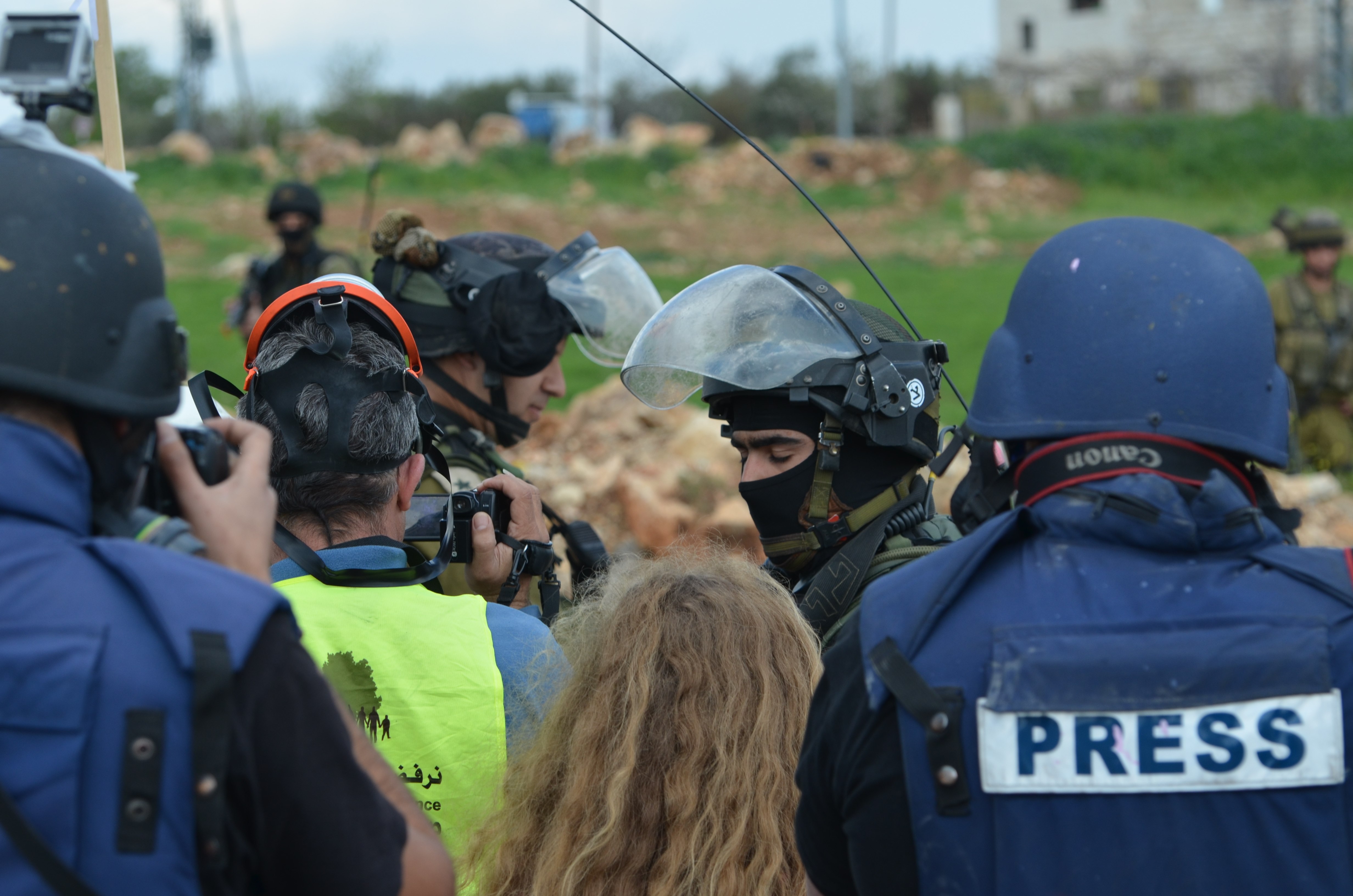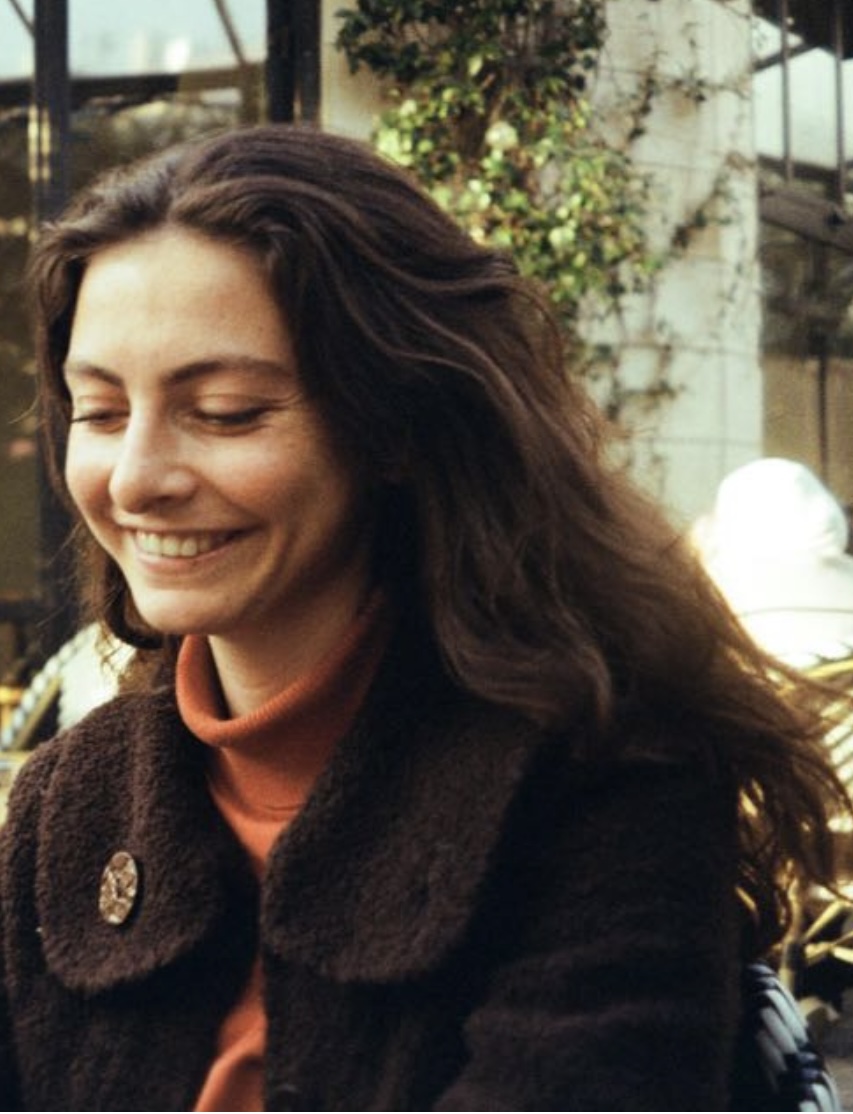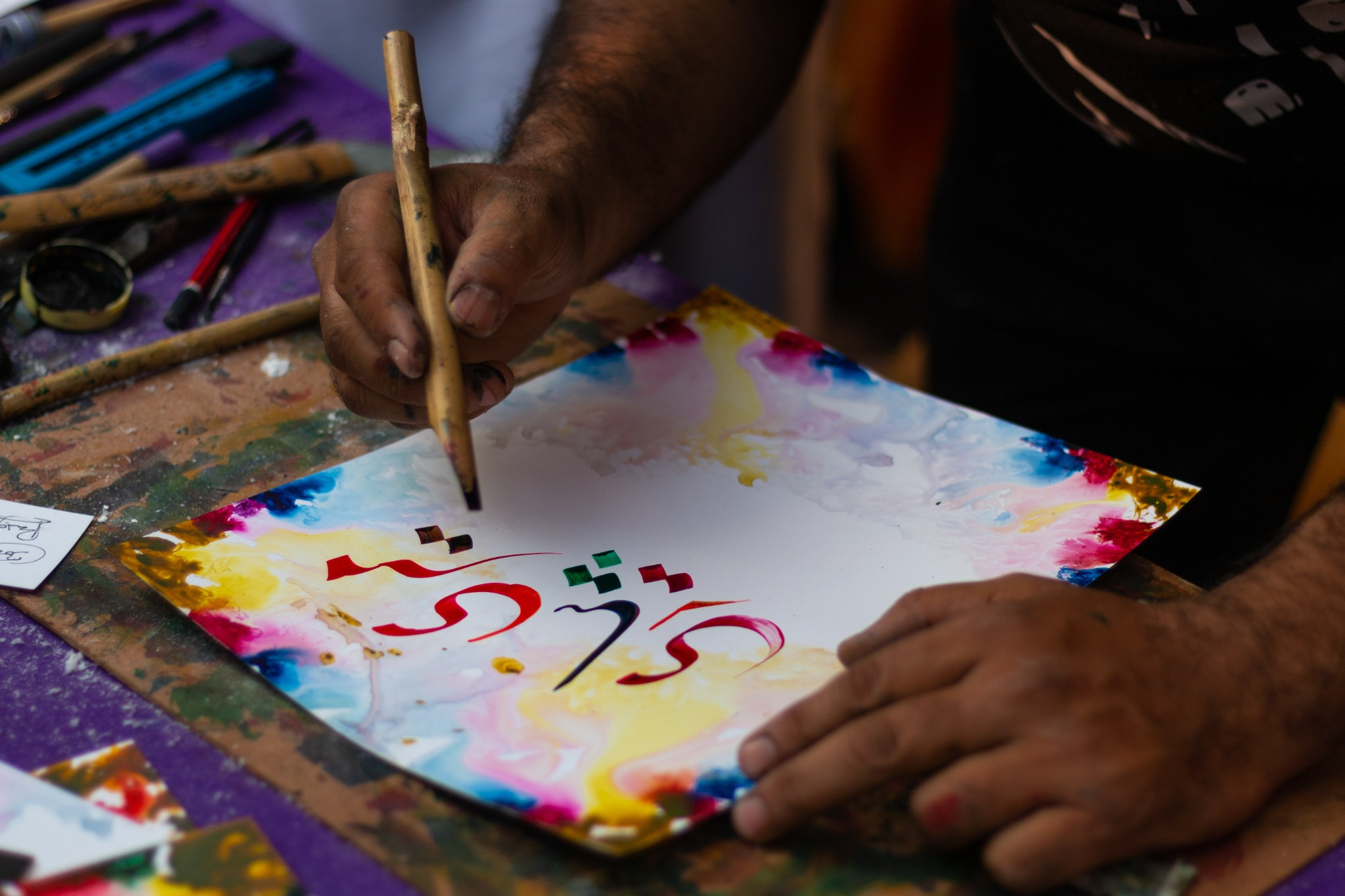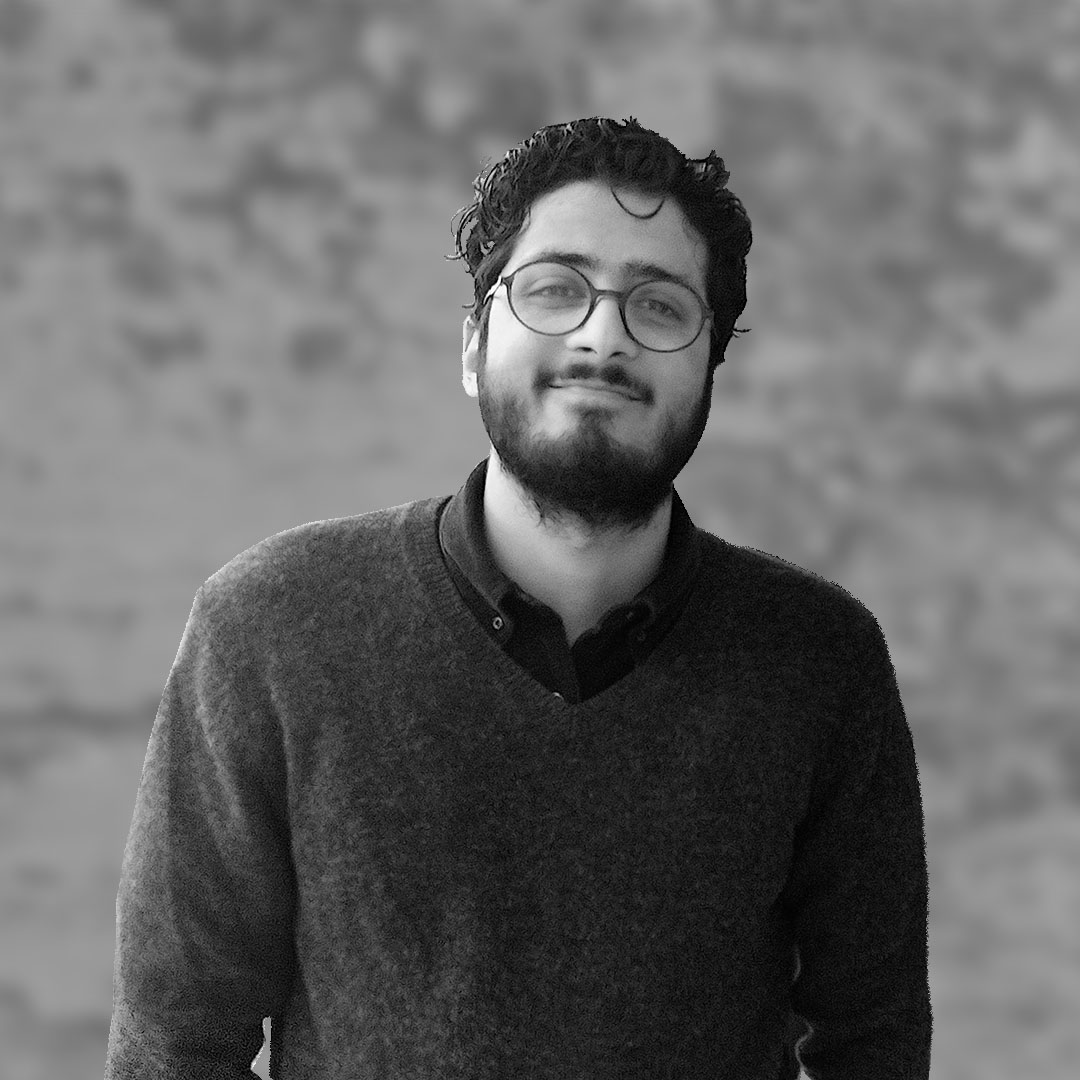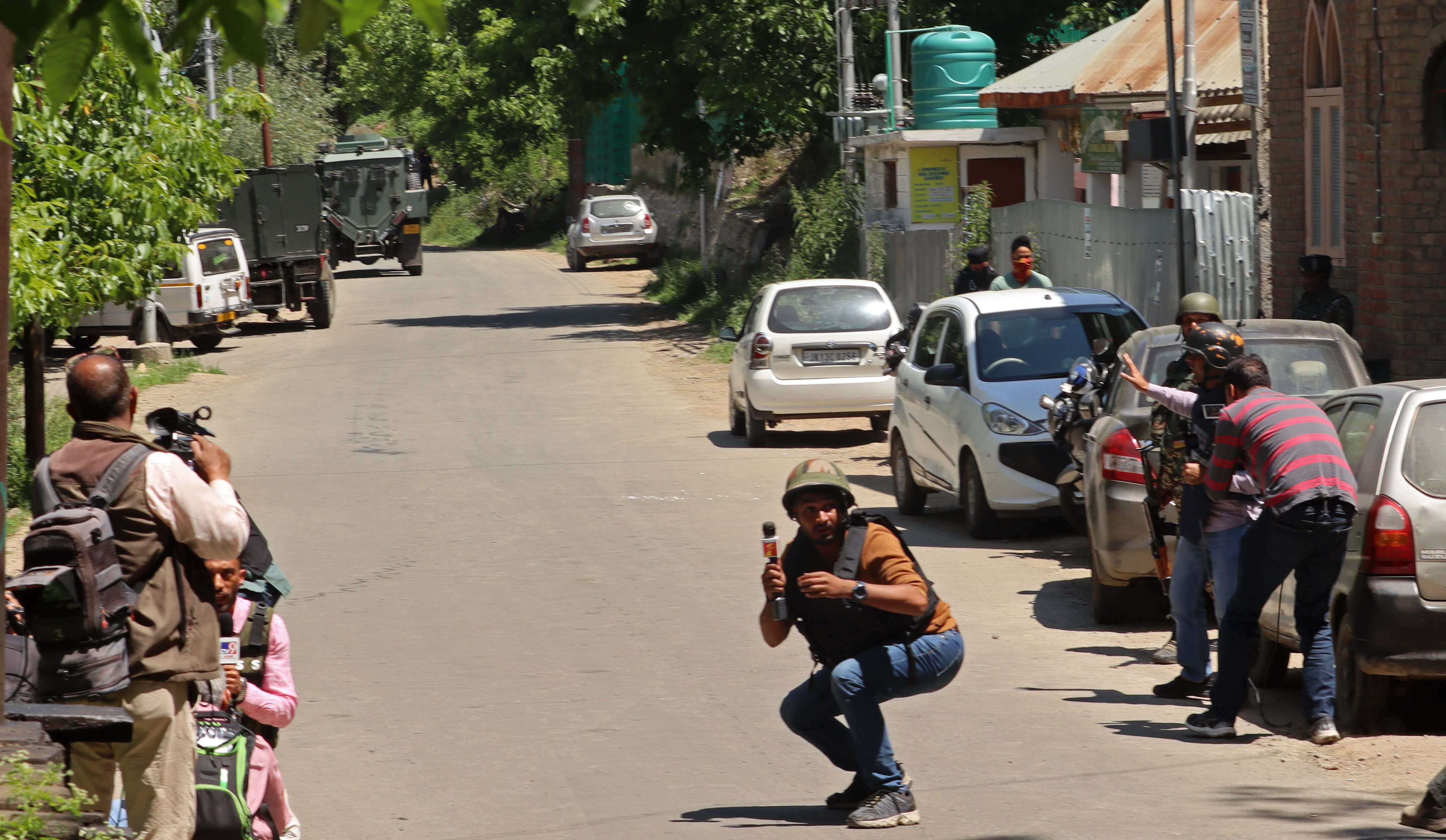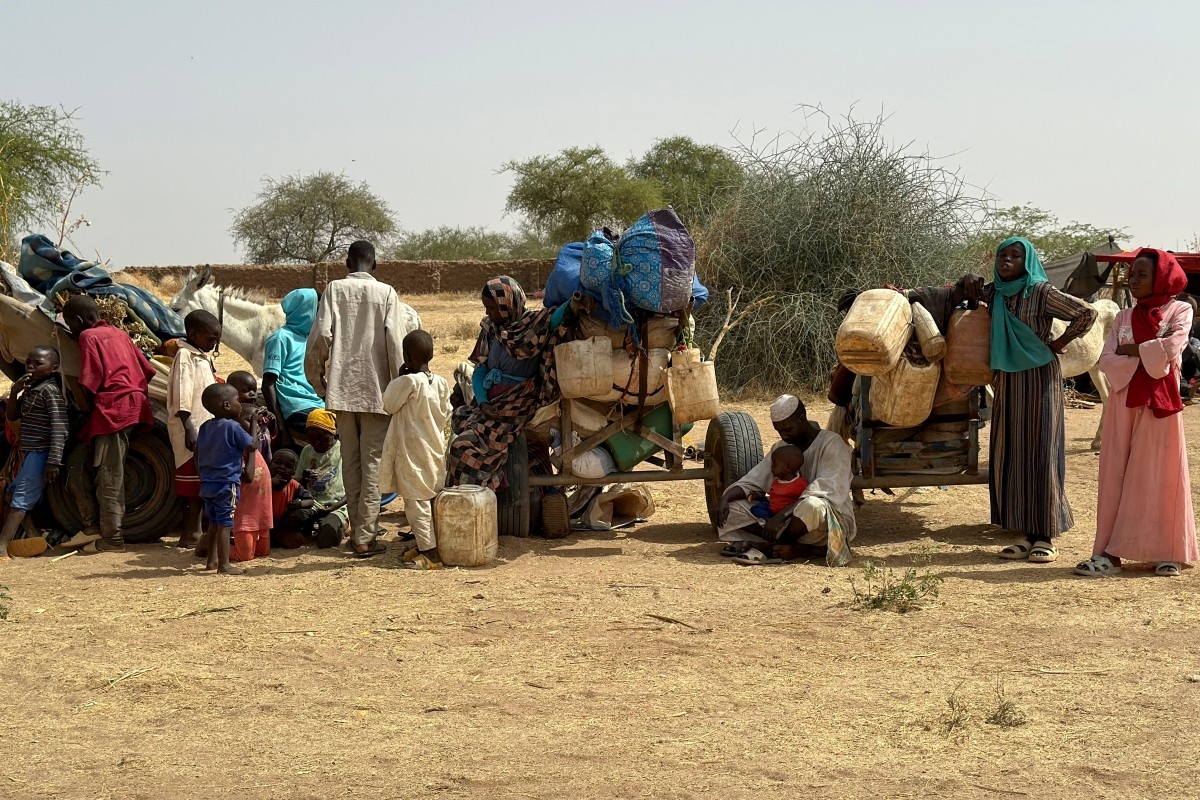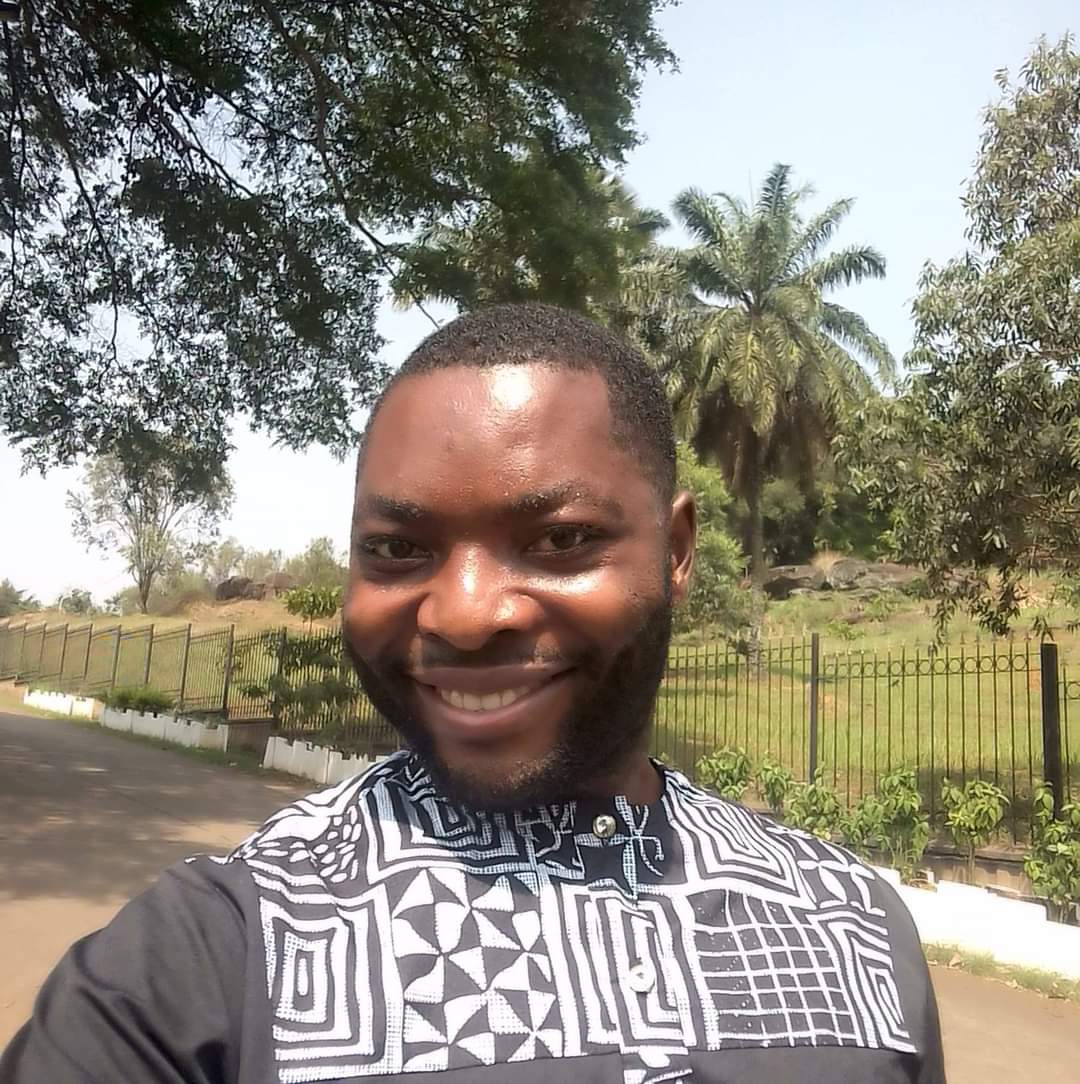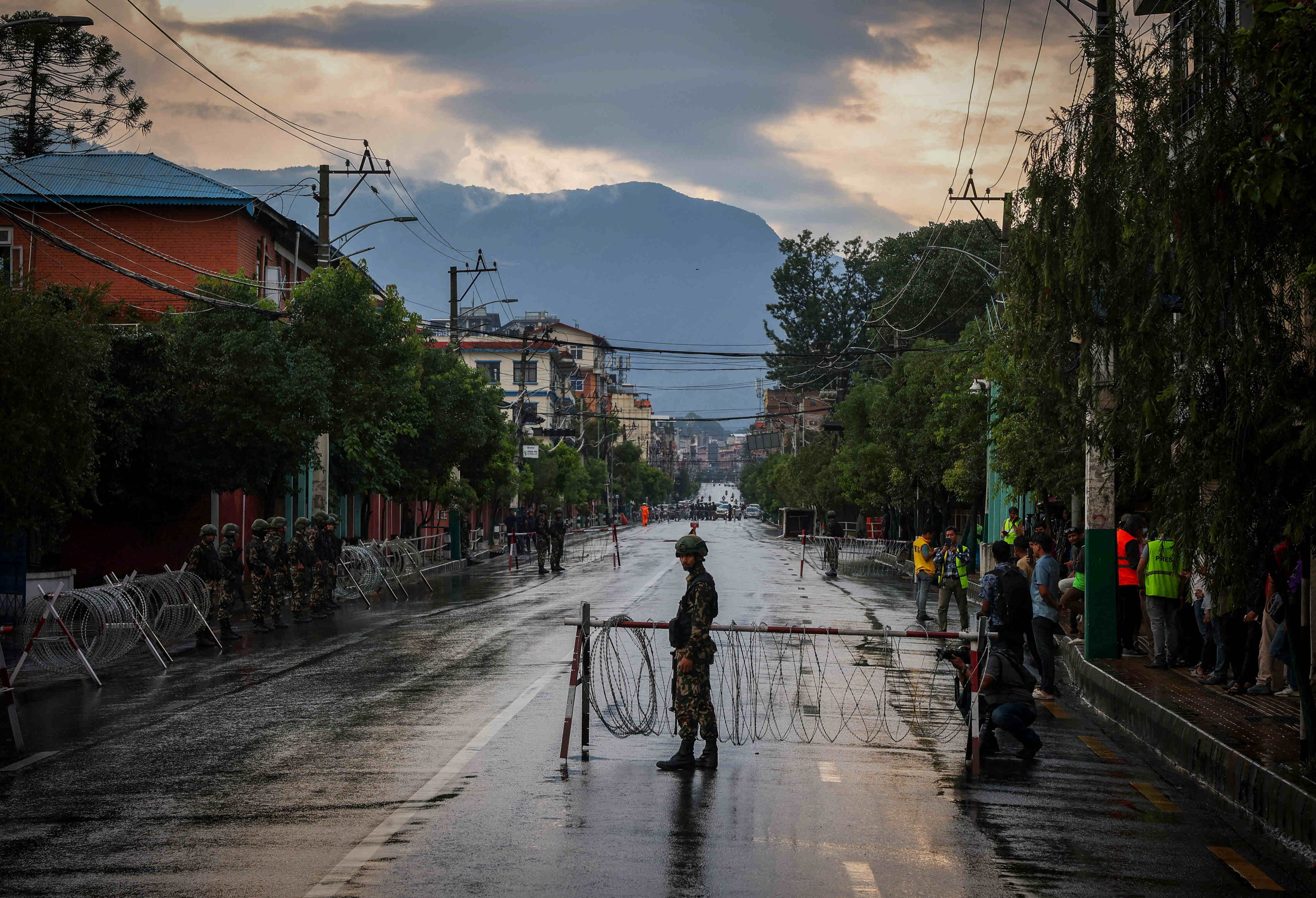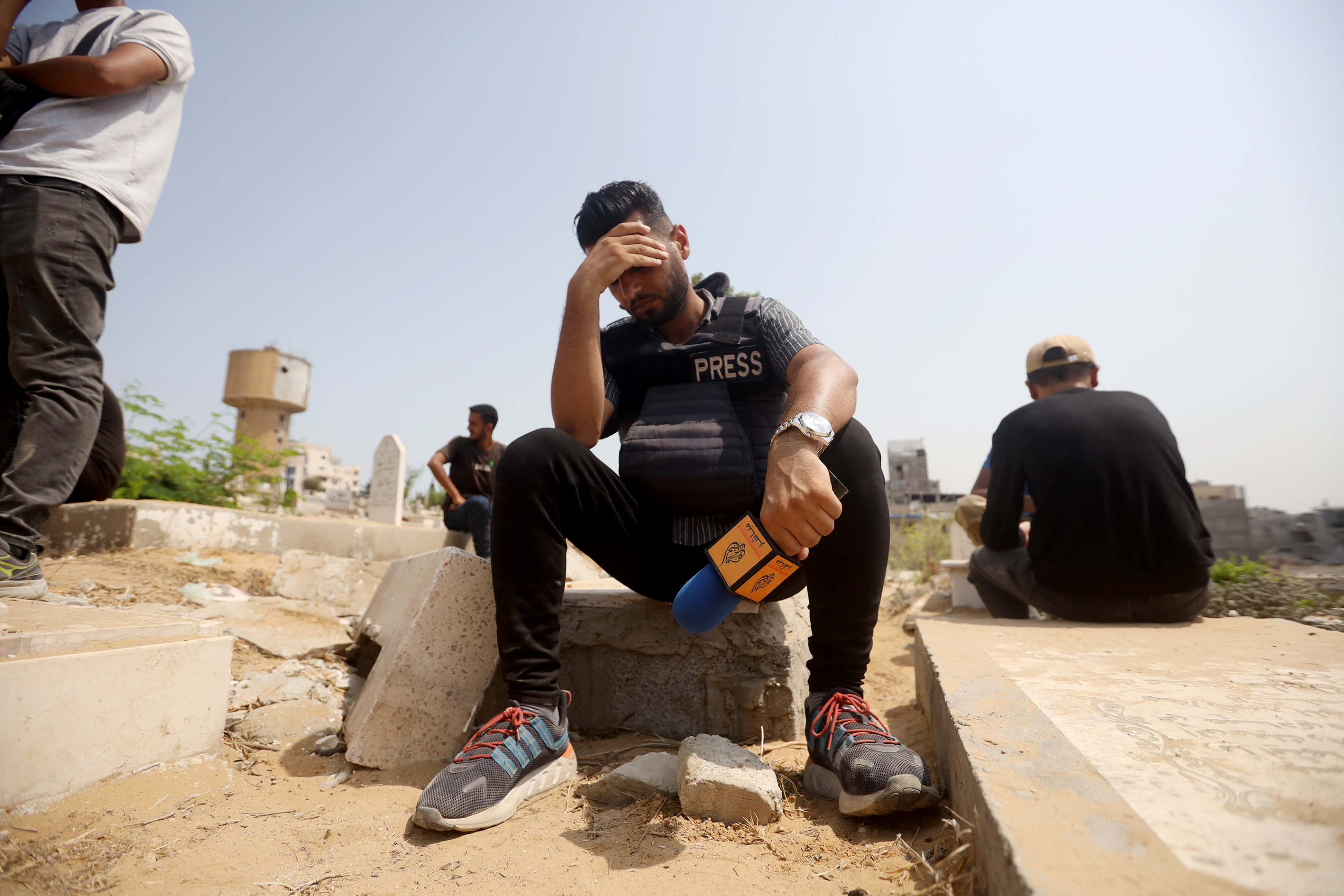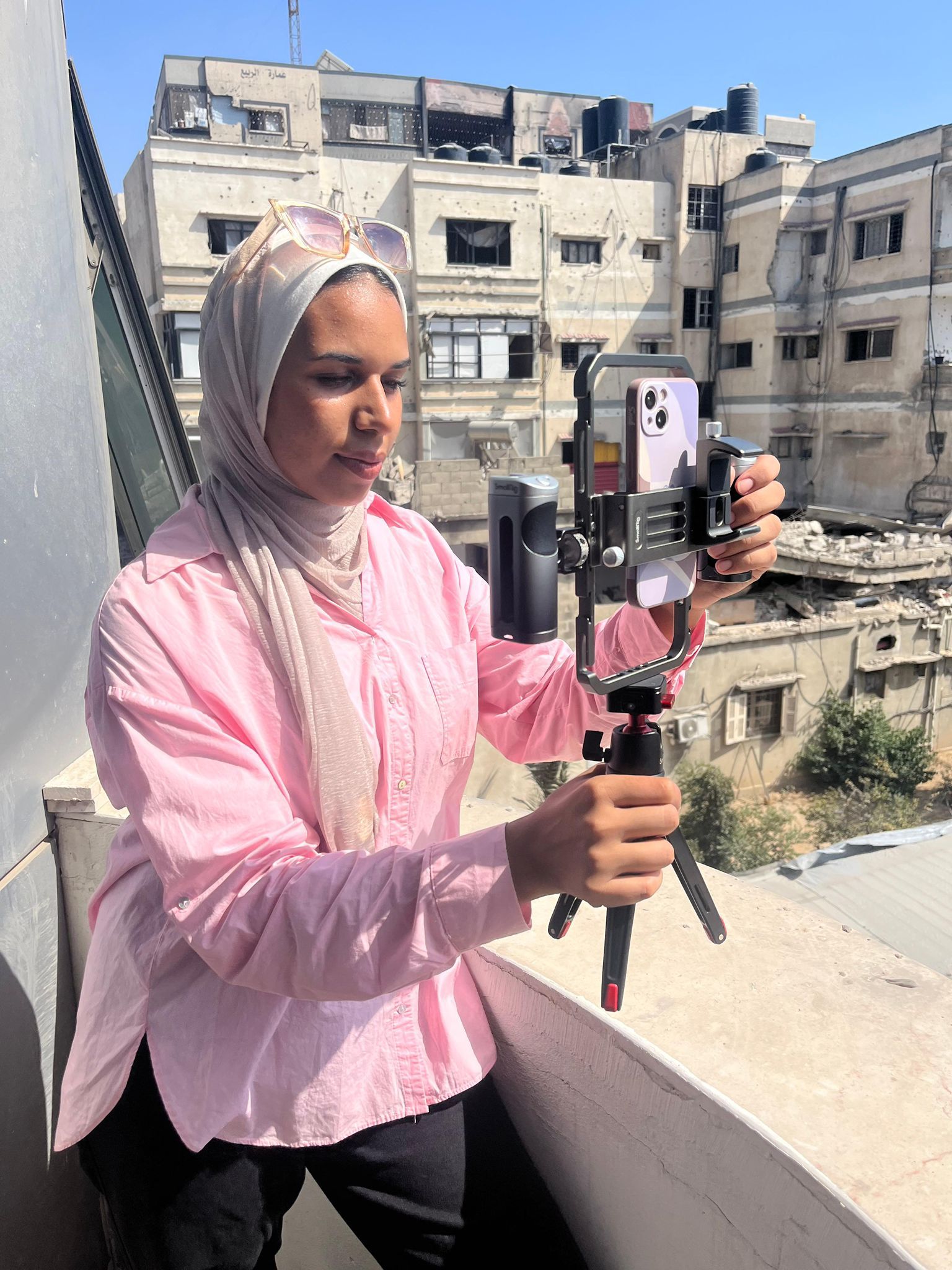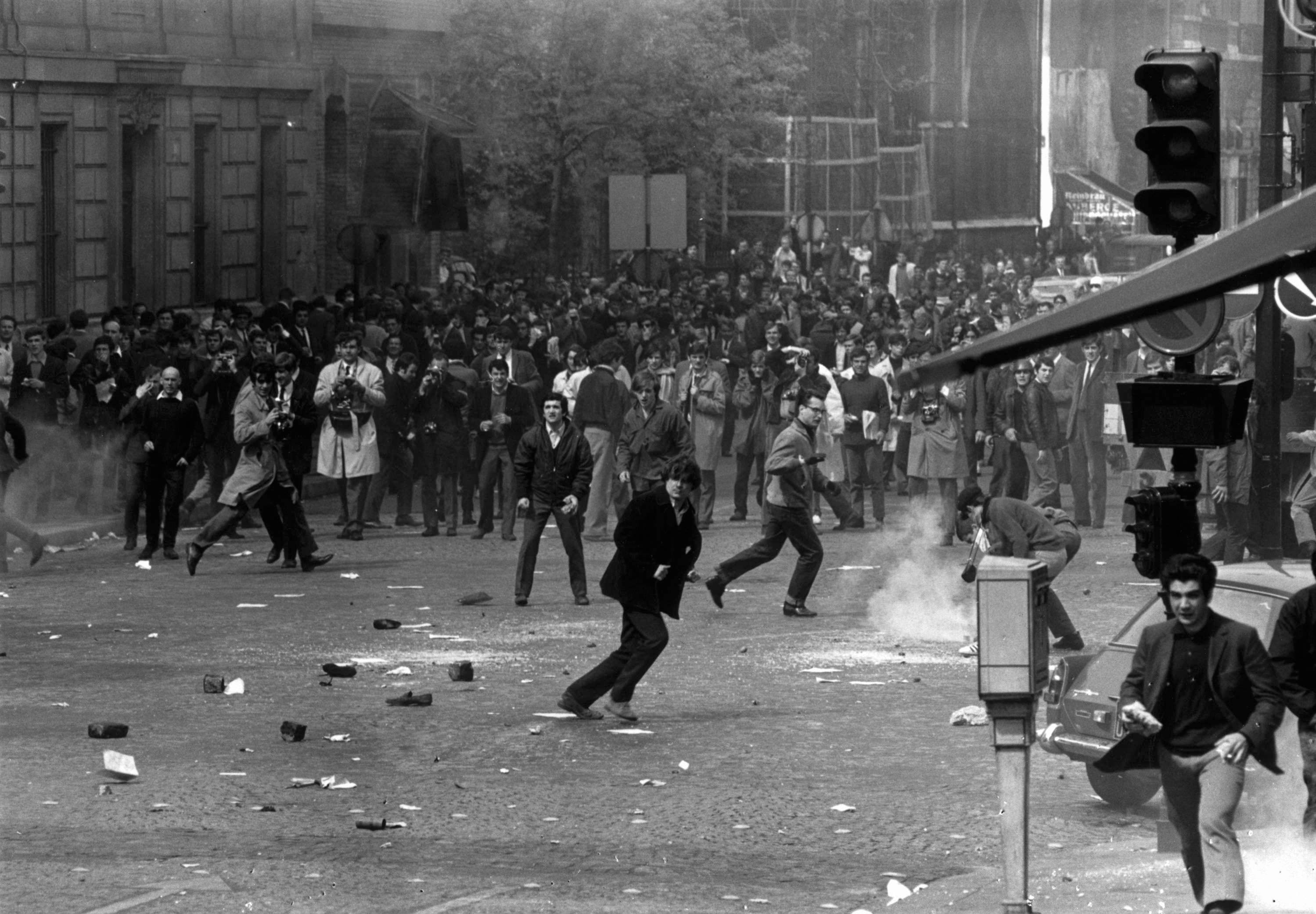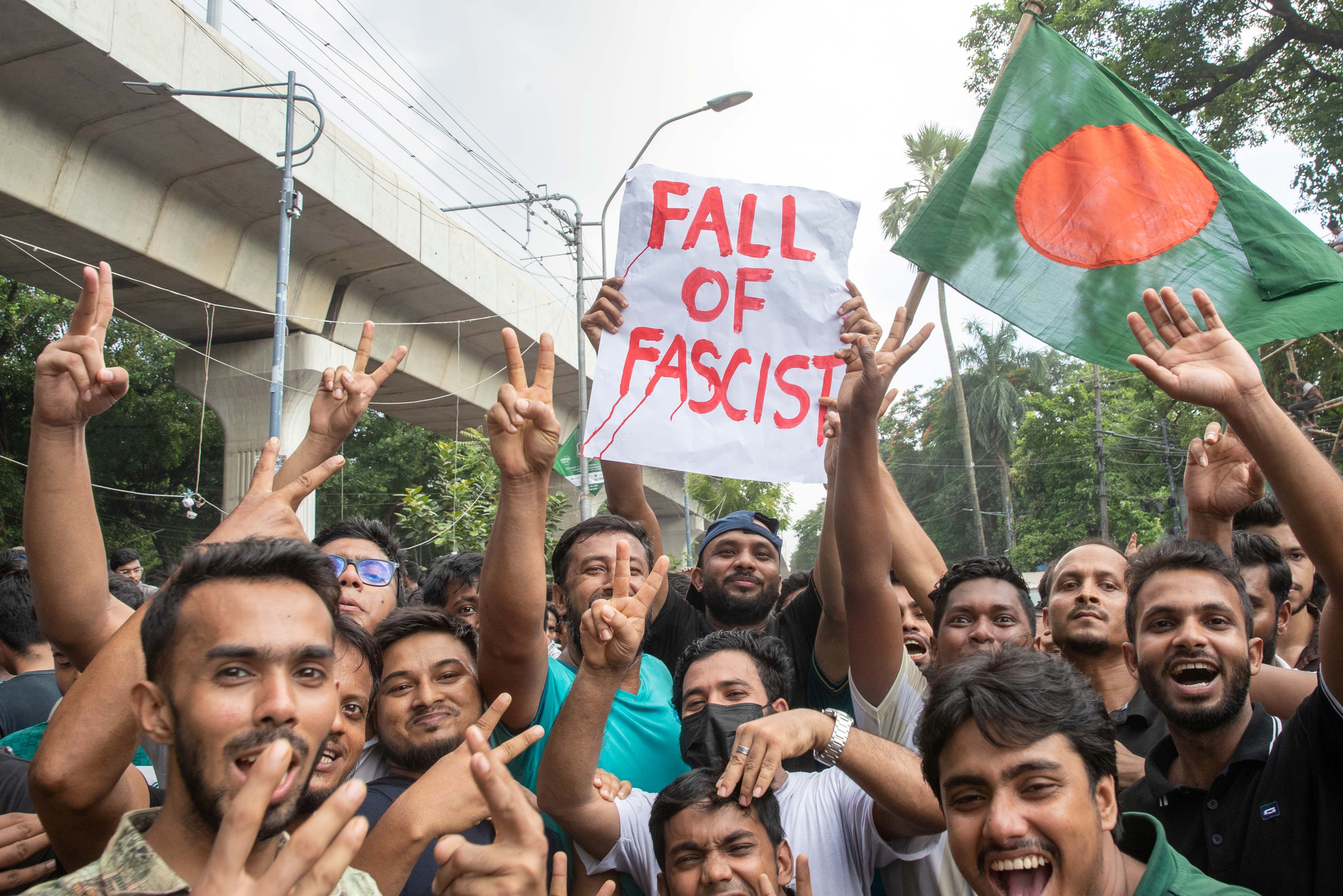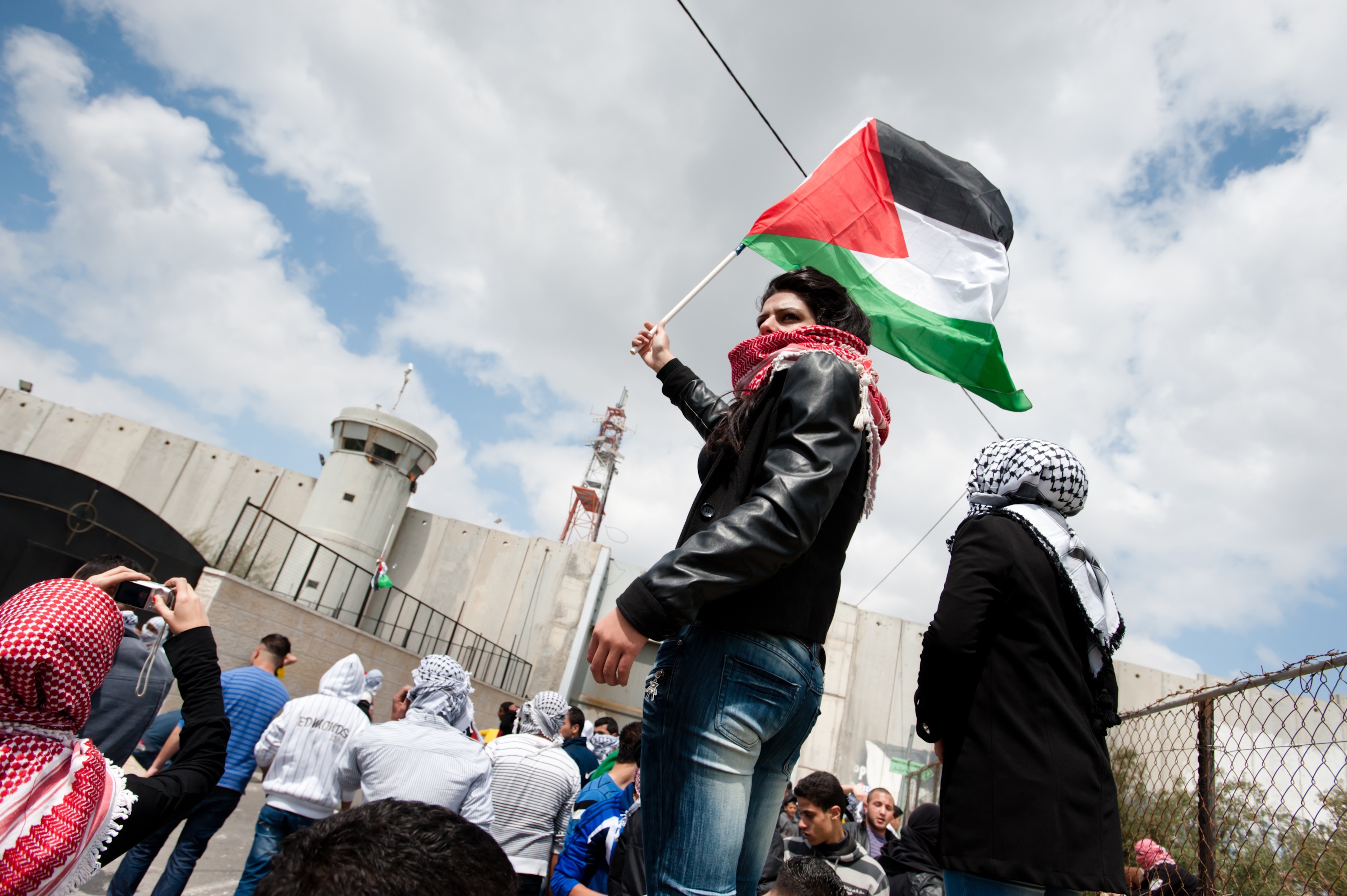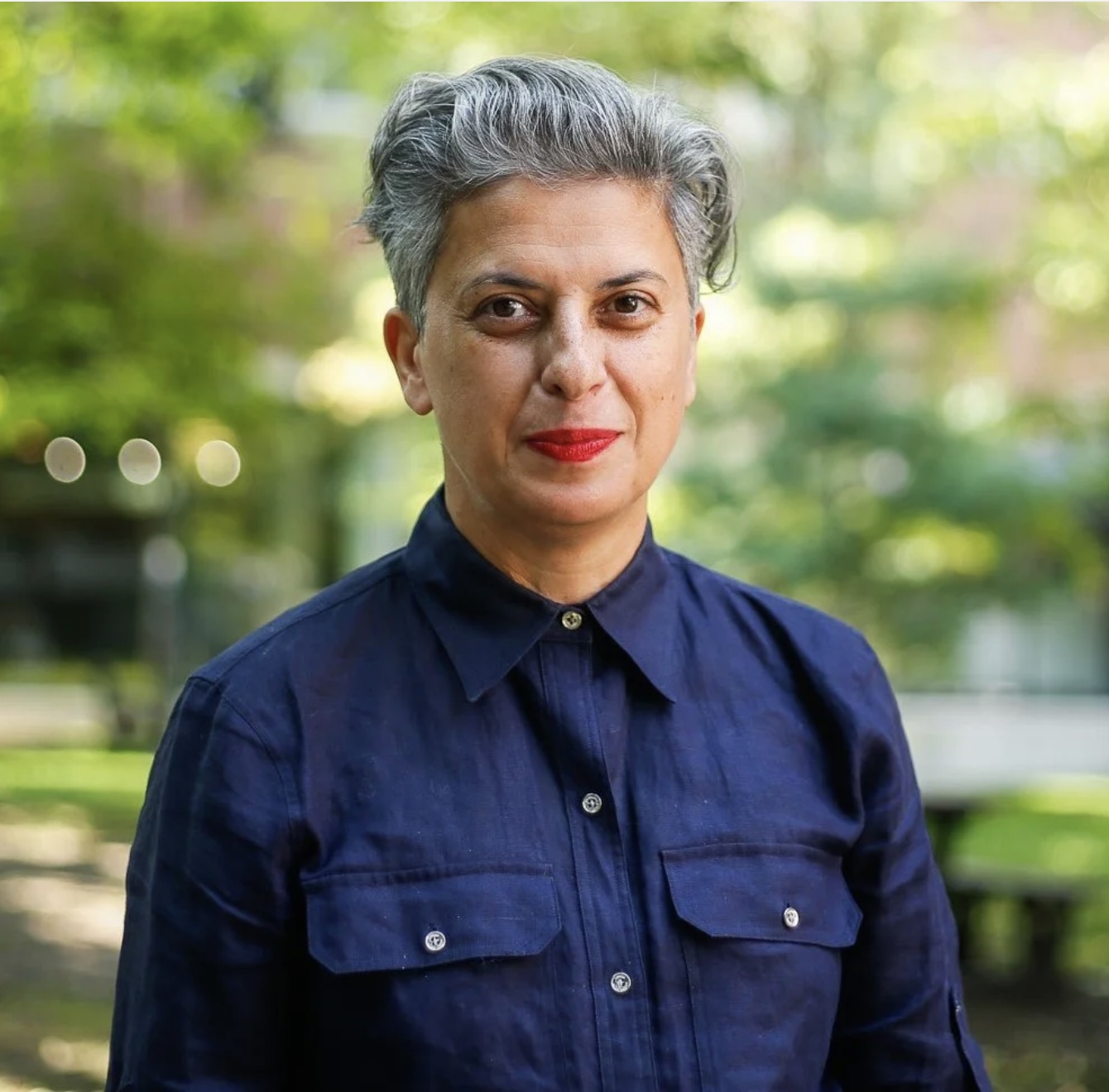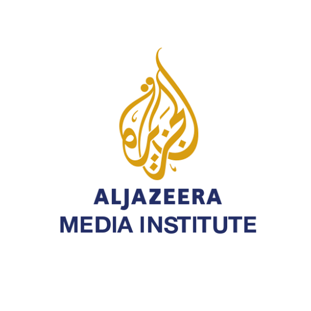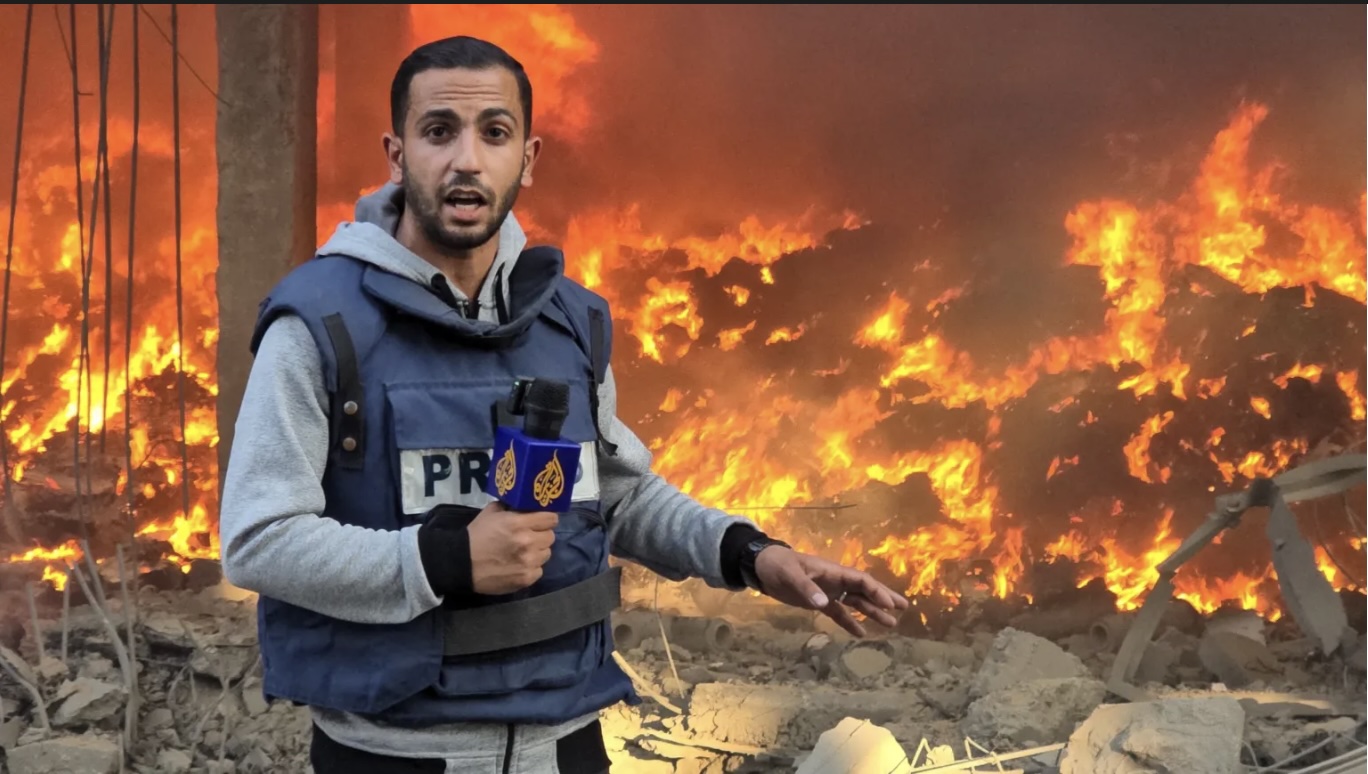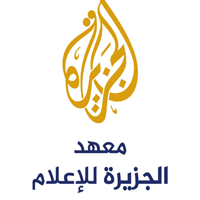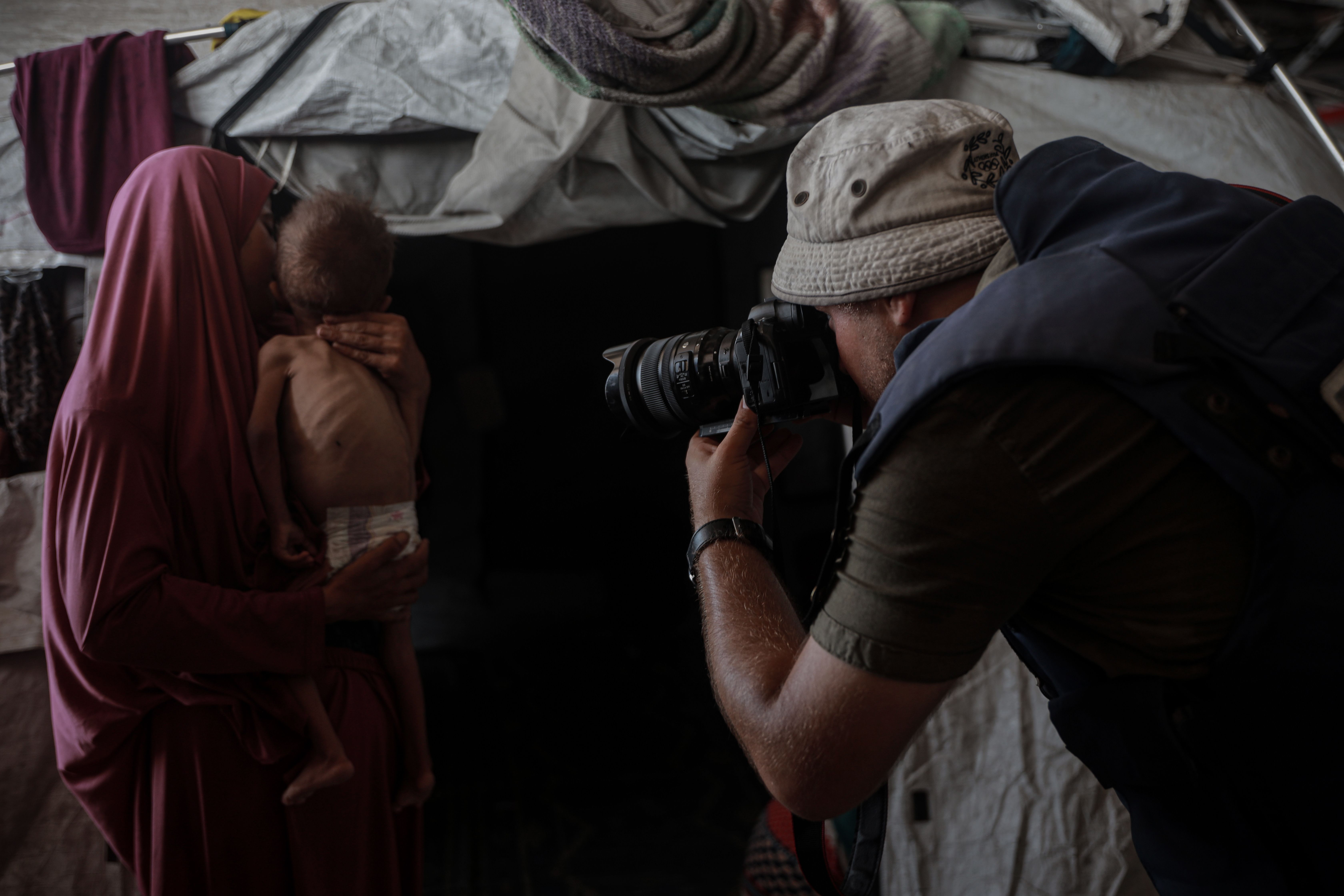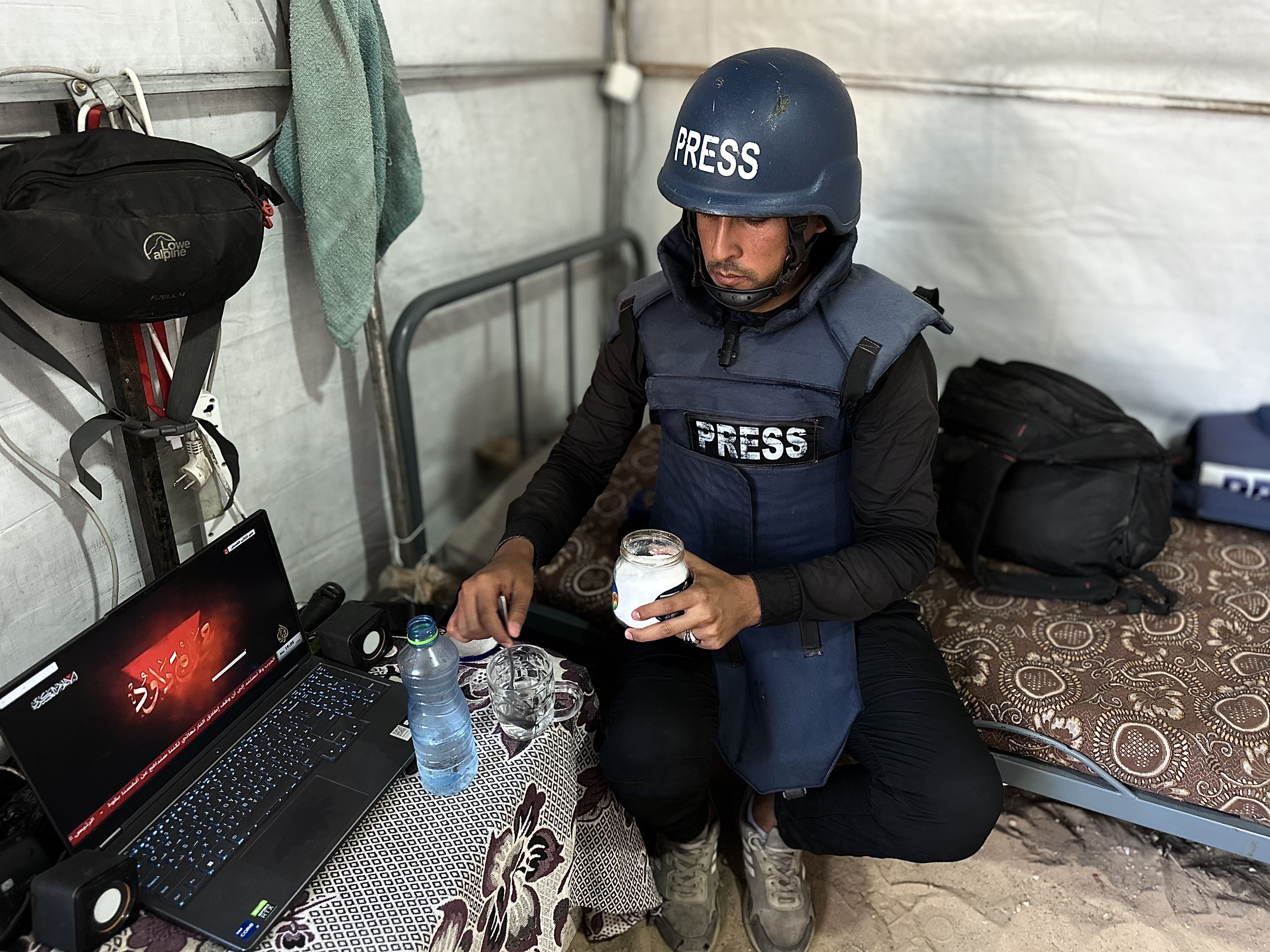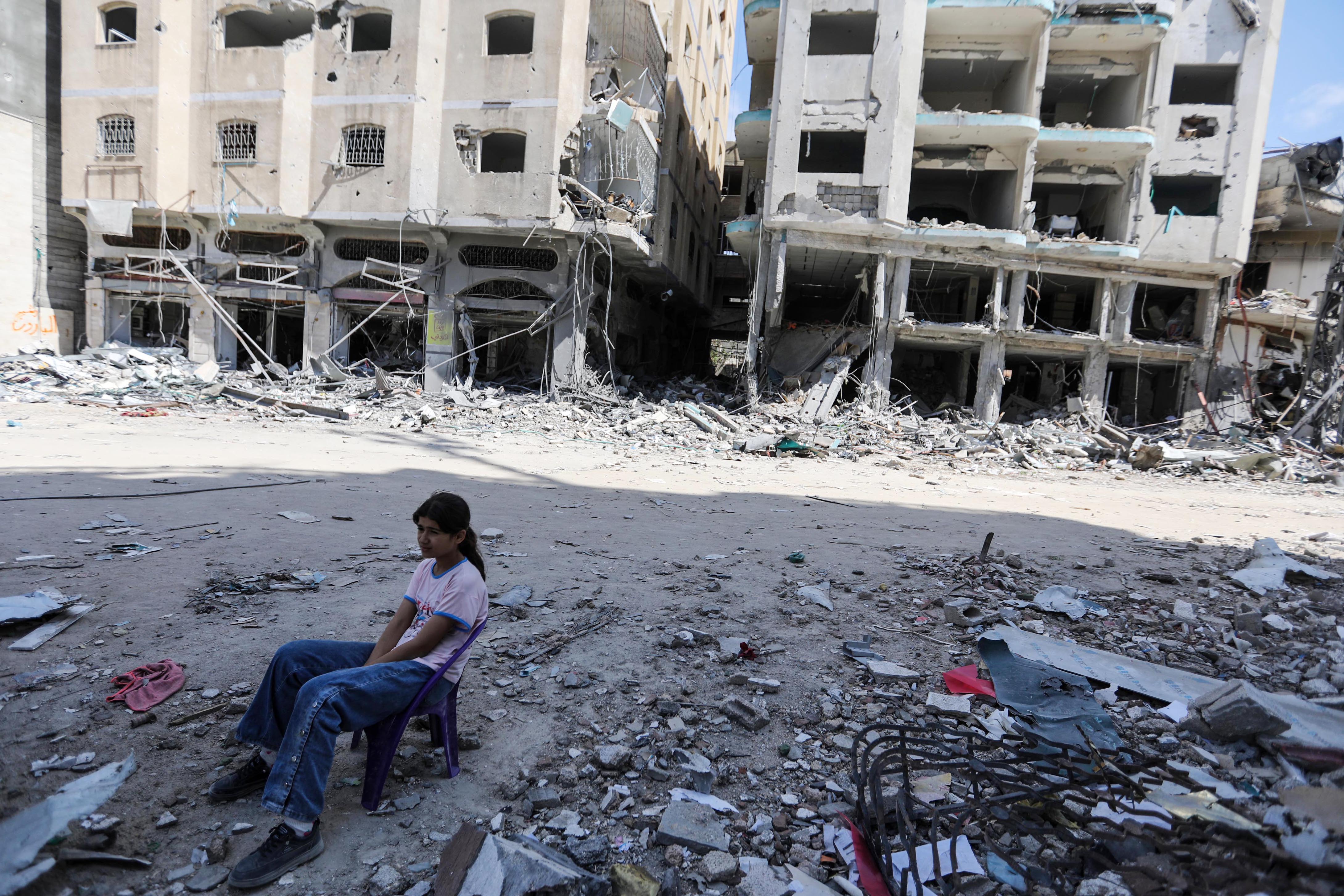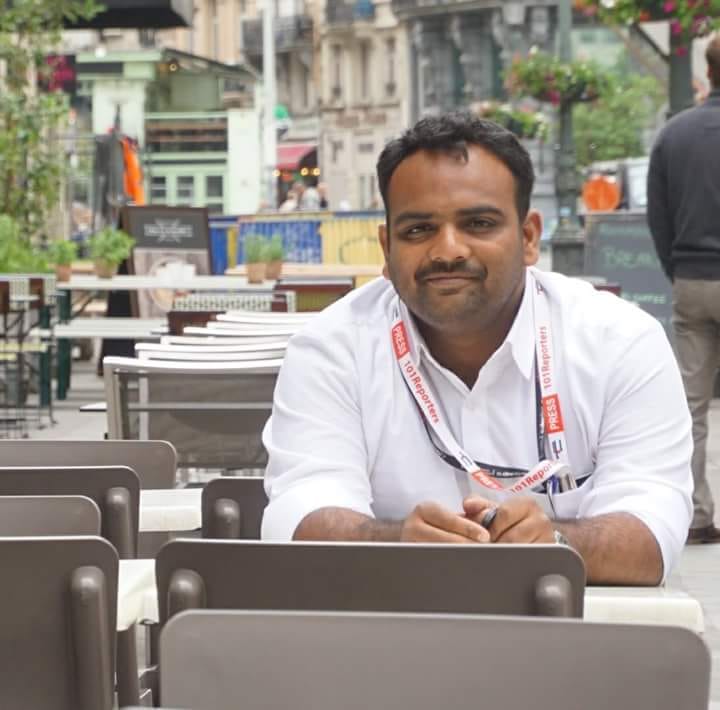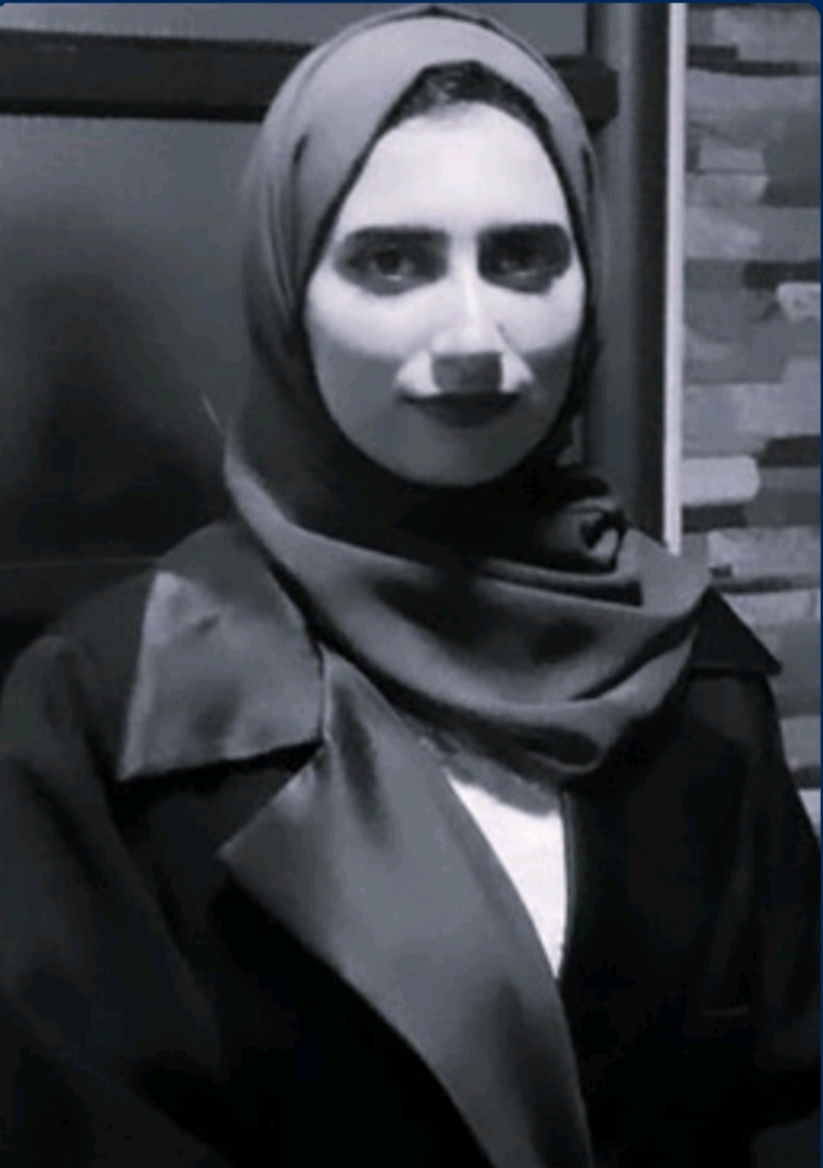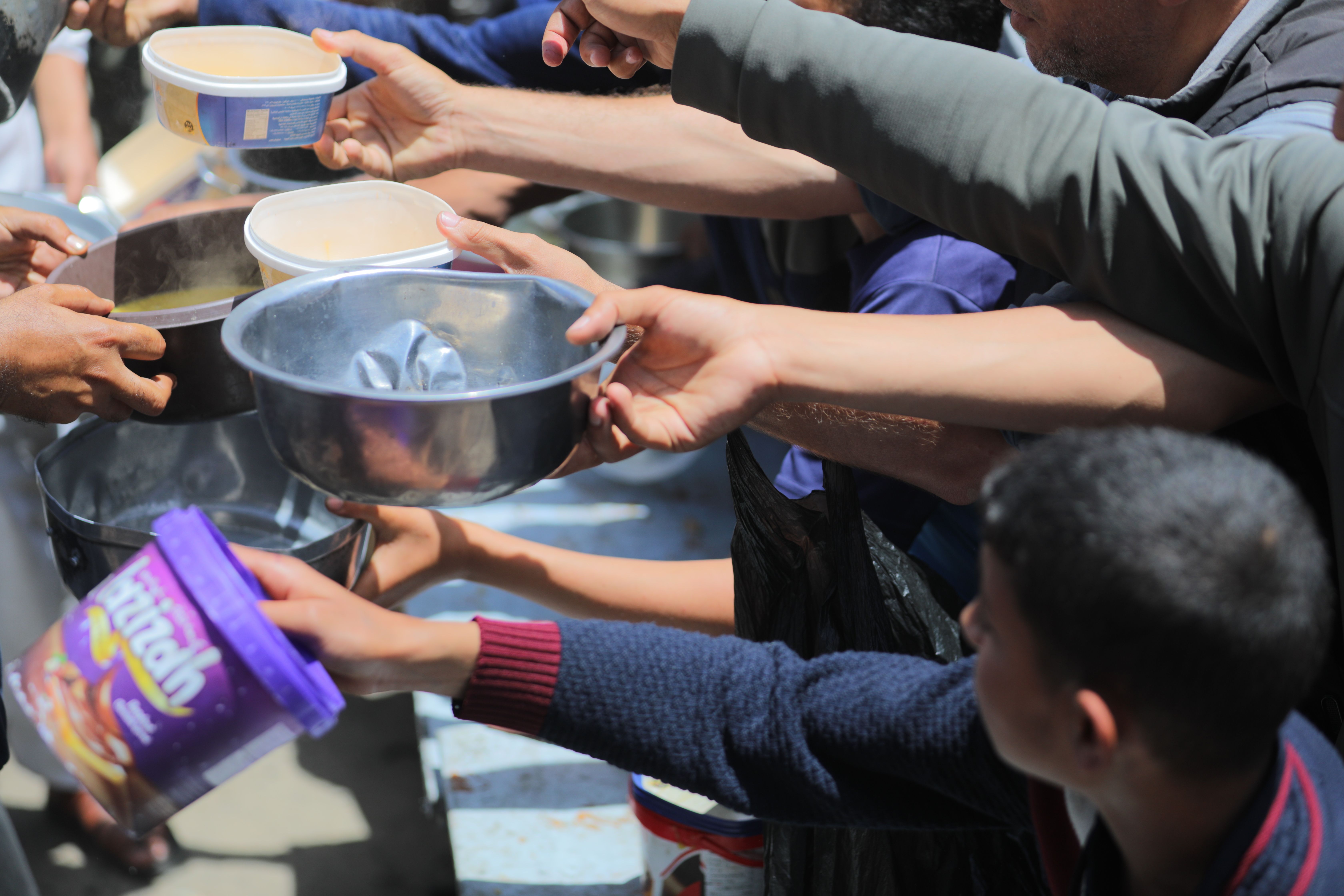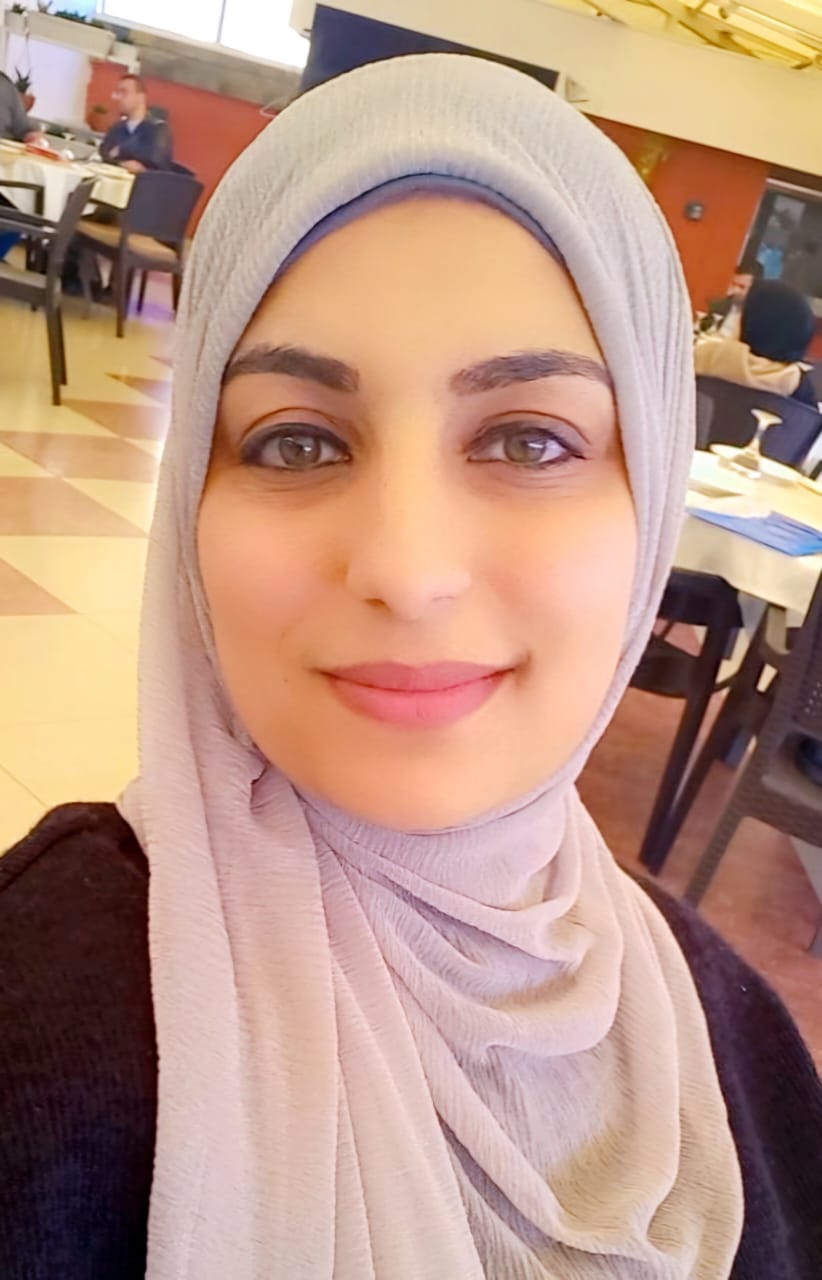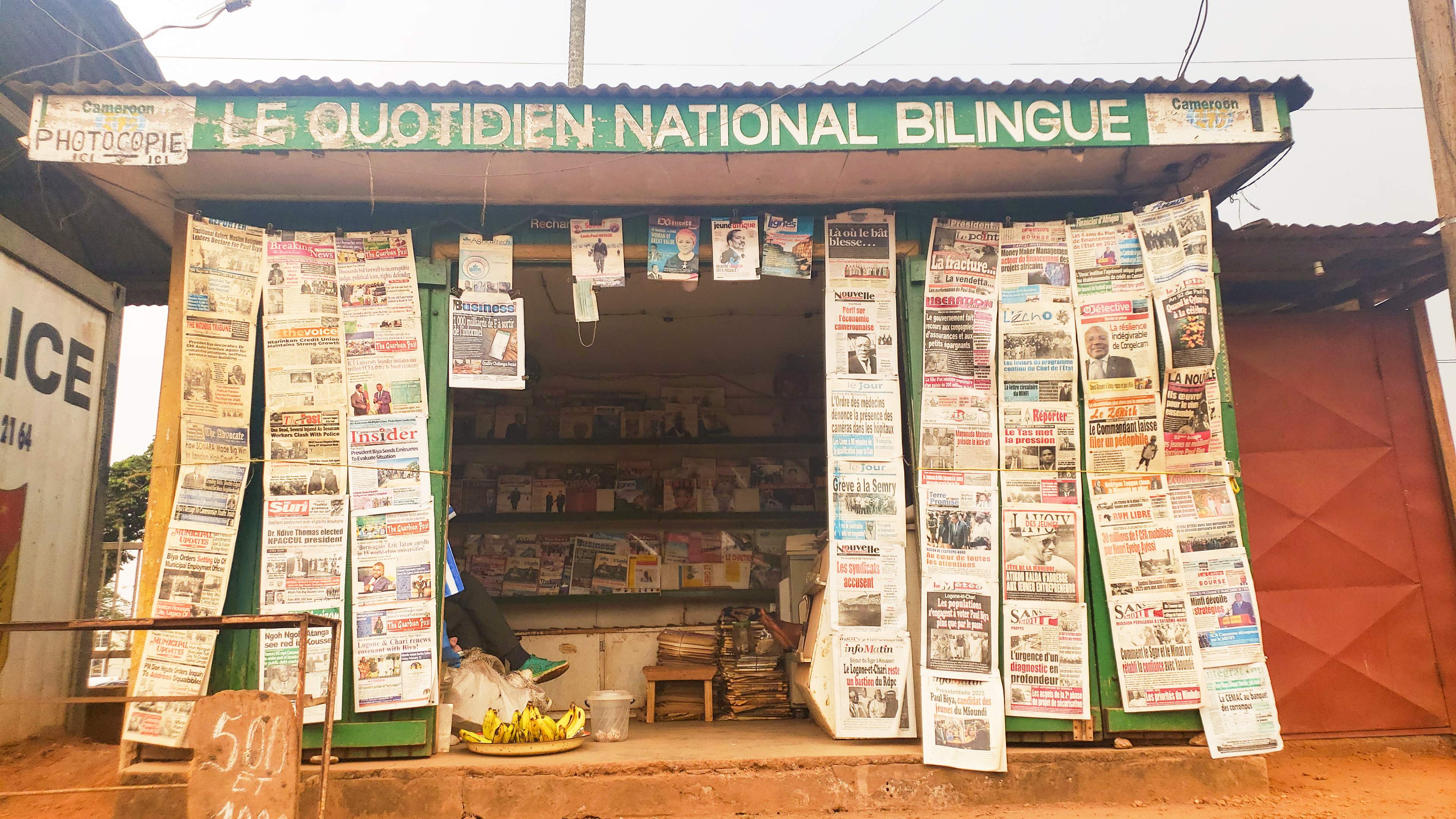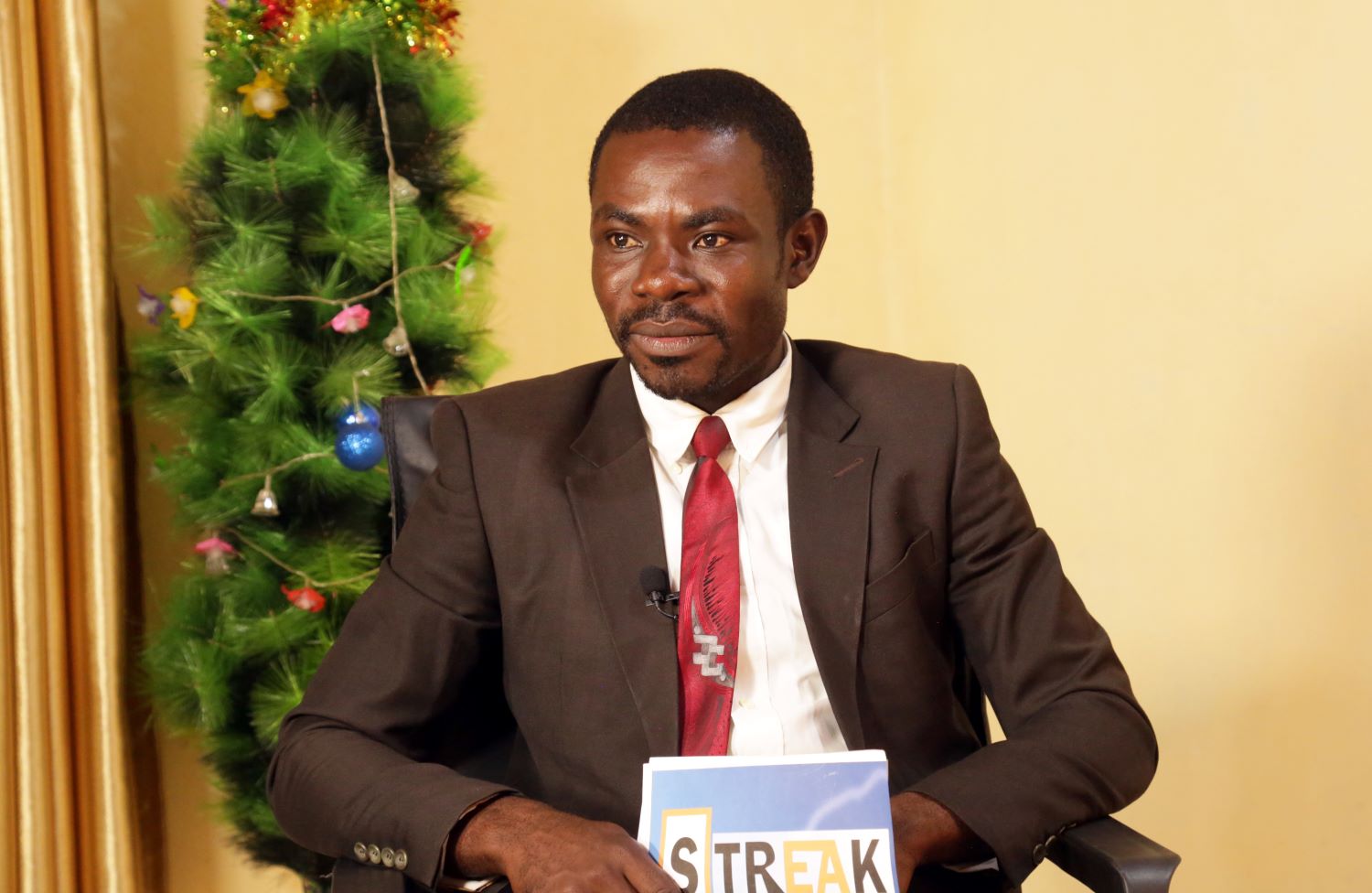تفتخر السويد بمستويات ثقة مرتفعة بوسائل الإعلام الإخبارية، سواءٌ مؤسسات الخدمة العامة أو الصحف اليومية المملوكة للقطاع الخاص، وهي ثقة تميل إلى الارتفاع في أوقات الأزمات والحروب. وقد لوحظت - مثلًا - مستويات أعلى من الثقة في وسائل الإعلام التقليدية في بدايات جائحة كورونا، وكذلك في بدايات الحرب في أوكرانيا عام 2022.
على هذه الأرضية من الثقة المرتفعة في وسائل الإعلام، جاء 7 تشرين الأول/أكتوبر 2023 بوصفه اختبارًا حقيقيا للممارسة الخبرية؛ إذ انهالت الشكاوى على لجنة مراجعة الإذاعة والتلفزيون، وهي هيئة رقابية مستقلة داخل الهيئة السويدية للإعلام وظيفتها الرئيسية فحص الشكاوى والمحتوى المعروض في الإذاعة والتلفزيون وبعض خدمات الفيديو عند الطلب للتحقق من الالتزام بالقانون وشروط ترخيص الخدمة العامة.
خلال الفترة بين أكتوبر 2023 و2024 قُيِّدت لدى لجنة المراجعة التابعة لهيئة الإعلام 1582 شكوى للنظر تتصل تحديدًا بالتغطية الإخبارية لحرب غزة. كما سُجّلت ضدّ التلفزيون الرسمي (SVT ) أكثر من مئة شكوى بعد شهرٍ واحد من 7 تشرين الأول/أكتوبر . وقد أُدينت نشرة الأخبار في التلفزيون «SVT Nyheter» في ثلاث قضايا كانت جميعها بسبب تغطية منحازة لصالح إسرائيل.
وللانتقال من الانطباعات إلى القياس الكمي أنجزت Dagens ETC تحقيقًا تحليليًا تقنيًا على عينة من 7918 مادة خبرية منشورة بين 7 تشرين الأول/أكتوبر 2023 و31 آب/أغسطس 2024 في صحف ومواقع Dagens Nyheter، Svenska Dagbladet، Expressen، Aftonbladet، Göteborgs-Posten، Sydsvenskan، Dagens، إضافةً إلى موقعي التلفزيون الرسمي (SVT ) والإذاعة العامة (SR)، ومواد Dagens ETC نفسها.
ربما يكون من المفيد - قبل التحليل - تفكيك خرائط النفوذ التحريري، على نحوٍ يتيح للقارئ غير السويدي فهم الخريطة الإعلامية التي شملتها معاينة Dagens ETC. يتألّف المشهد الإعلامي في السويد من قطبين رئيسيين: خدمةٌ عامة ممثَّلة في التلفزيون السويدي (SVT) وإذاعة السويد (SR)، وصحافة خاصة تقودها مجموعات ملكية كبرى في مقدمتها مجموعة بونيير (Bonnier) التي تملك نحو 50 صحيفة: ثلاث وطنية كبرى ونحو 47 صحيفة محلية/إقليمية عبر ذراعها «بونيير نيوز لوكال»، إضافةً إلى قرابة 20 مجلة مطبوعة ضمن قطاع الموضة وأسلوب الحياة ومجموعة شيبستيد النرويجية التي تمتلك صحيفتين وطنيتين مطبوعتين إضافةً إلى منصّة الأخبار الرقمية Omni التي يستخدمها نحو 650 ألف قارئ أسبوعيًا، مع نحو 5.5 ملايين زيارة أسبوعيًا وقرابة 40 مليون صفحة مقروءة في الأسبوع في الفترات الإخبارية العادية (قفزت إلى 70 مليون صفحة في أسبوع ذروة حرب أوكرانيا) ومعها مجموعات إقليمية مثل ستامبين Stampen.
خلال الفترة بين أكتوبر 2023 و2024 قُيِّدت لدى لجنة المراجعة التابعة لهيئة الإعلام 1582 شكوى للنظر تتصل تحديدًا بالتغطية الإخبارية لحرب غزة. كما سُجّلت ضدّ التلفزيون الرسمي (SVT) أكثر من مئة شكوى بعد شهرٍ واحد من 7 تشرين الأول/أكتوبر. وقد أُدينت نشرة الأخبار في التلفزيون «SVT Nyheter» في ثلاث قضايا كانت جميعها بسبب تغطية منحازة لصالح إسرائيل.
في المقابل تعمل مؤسسات الخدمة العامة بلا إعلانات وبتمويلٍ عبر رسم عام يُجبى ضريبيًا منذ 2019، مع ولايةٍ قانونية على الاستقلال والحياد، ورقابة مهنية من لجنة المراجعة، ونظام دعمٍ للصحافة يُبقي التعددية رغم تركّز الملكية. إلى جانب ذلك يضبط مجلس الصحافة ومدوّنات السلوك المهنية العلاقة بين التحرير والإعلان ويكرّسان معايير الدقة والموضوعية.
ضمن هذه الخلفية، تُعدّ Dagens NyheterDN الصحيفةَ اليومية المرجعية في السويد، وتتبنّى تقليديًا خطًّا «ليبراليًا مستقلًا» على صفحة الرأي وتستهدف جمهورًا وطنيًا واسعًا من النخبة وصنّاع القرار. وإلى جوارها تأتيSvenska Dagbladet SvD بخطّ تحريري محافظ/ليبرالي-محافظ (يُعرّف رسميًا: مستقل-معتدل) وقاعدة قراء أكثر تمركزًا في ستوكهولم وبين الطبقات المهنية والاقتصادية العليا. أما الصحيفتان الشعبيتان واسعتا الانتشار Aftonbladet وExpressen فهما تابلويدان وطنيتان؛ الأولى تعرّف نفسها «ديموقراطية-اجتماعية مستقلة»، بينما الثانية تتبنّى خطًا «ليبراليًا مستقلًا».
في الصحافة الإقليمية الكبيرة، تمثّل Göteborgs-Posten الصوت الرئيس لغرب السويد (جوتنبرغ) ضمن مجموعة Stampen وبنزعة ليبرالية، فيما تُعدّ Sydsvenskan اليوميةَ الأكبر في جنوب البلاد (سكونه/مالمو) وتُعرّف خطّها بأنه «ليبرالي مستقل». وإلى جانب ذلك، تضم العيّنة صحيفة الأعمال اليومية (Dagens industri Di)، الذراع الاقتصادية الأبرز لمجموعة بونّير (خطّ رأي ليبرالي-محافظ مستقل)، ذات جمهور من قادة الأعمال والأسواق.
شمل القياس كذلك وسيلتين من الخدمة العامة: التلفزيون السويدي SVT وإذاعة السويد SR؛ كلاهما يعمل بلا إعلانات وبتمويل رسم الخدمة العامة المقتطع ضريبيًا خارج الموازنة العامة، مع ولاية قانونية على الاستقلال والحياد وتقديم الخدمة في عموم البلاد. وتضم المنظومة مؤسسة الإدارة لضمان الاستقلال الهيكلي، وتقدّم الشركات تقارير خدمة عامة سنوية إلى لجنة المراجعة الإعلامية. أخيرًا، تظهر Dagens ETC كصحيفة يومية تقدّم نفسها «حمراء وخضراء ومستقلة» (يسار/بيئة) ضمن ETC Förlag، ممولة أساسًا بالاشتراكات وتتبنّى سياسات تحريرية ناشطة في قضايا المناخ (أعلنت مثلًا وقف إعلانات الوقود الأحفوري). أما جمهورها فحضري-تقدّمي، ويصنفها متابعون ضمن الطيف اليساري مع التزام بيئي واضح.
هذا التوصيف الموجز لمواقع الملكية والخطوط التحريرية والجماهير المستهدفة يقدّم «قاموسًا سياقيًا» لقراءة نتائج القياس الكمي على نحوٍ لا يفترض معرفة مسبقة بالسوق السويدية، ويُسهل مقارنة الفروق اللغوية والسردية التي رصدها التحقيق عبر الطيف الممتد من التابلويد الشعبي إلى الصحيفة المرجعية ومن الإعلام العام غير التجاري إلى المنابر المتخصصة.
خريطة السرد السويدي لحرب غزة
جرى استخراج المواد من أرشيف قاعدة بيانات إخبارية رقمية كبرى في الشمال الأوروبي تجمع مواد الصحف والمواقع ونشرات الإذاعة والتلفزيون تتيح البحث في عشرات الملايين من المقالات بعد دقائق من نشرها؛ وفق كلمات مفتاحية «غزة/إسرائيل/فلسطين» وتحت تصنيف «الحرب والصراع» والموقع الجغرافي «إسرائيل/فلسطين»، مع حصر العيّنة على الأخبار في النسخ المطبوعة والمواقع، واستبعاد الافتتاحيات ومقالات الرأي والمساهمات. على مستوى الإجراء، استُخدمت نماذج OpenAI لتصنيف الجمل إلى فئتين: إشارات إلى وفيات إسرائيلية وأخرى إلى وفيات فلسطينية، مع استخراج المفردات الدالّة على طبيعة الحدث ووصف الضحايا؛ صُفِّيت الجمل التي تجمع الجانبين داخل الجملة نفسها، ثم حُسِبت تكرارات الألفاظ «ذات المعنى» على امتداد مدوّنة (corpus) بأكملها، أي احتساب التكرارات بعد جمع كل الجُمل من جميع المواد المشمولة في العيّنة كأنها متنٌ واحد، ثم قياس توزّع المفردات داخلها. أي أن العدّ لا يُجرى «لكل مقال» أو «لكل وسيلة» على حدة، بل يُجمَّع أولًا كل ما في العيّنة (مثل 7,918 مادة) وتُحسب التكرارات في هذا المتن الموحّد. يعني إذا ظهرت كلمة «مجزرة» في جُمل وفياتٍ إسرائيلية 120 مرة، وفي جُمل وفياتٍ فلسطينية 30 مرة، فالنسبة 1:4 على مستوى المتن الموحّد كله.
جرى استخراج المواد من أرشيف قاعدة بيانات إخبارية رقمية كبرى في الشمال الأوروبي تتيح البحث في عشرات الملايين من المقالات بعد دقائق من نشرها؛ وفق كلمات مفتاحية «غزة/إسرائيل/فلسطين» وتحت تصنيف «الحرب والصراع» والموقع الجغرافي «إسرائيل/فلسطين»، مع حصر العيّنة على الأخبار في النسخ المطبوعة والمواقع، واستبعاد الافتتاحيات، ومقالات الرأي، والمساهمات.
عمليًّا، وبعد تصنيف كل جملة بحسب الطرف الذي تشير إليه (وفيات فلسطينية أو إسرائيلية)، جرى استخراج المفردات ذات الدلالة في تلك الجمل—أي الأفعال والأسماء والصفات التي تصف طبيعة الحدث ووضع الضحايا، مثل: قُتل، تُوفي، قصف، مجزرة، ذبح، مدنيون، أطفال—مع استبعاد الكلمات العامة الناقصة المعنى. كما استُبعدت الجمل المختلطة التي تجمع وفيات الجانبين في جملة واحدة لتجنّب العدّ المزدوج وتشويش الإسناد. بعد ذلك حُسِبت تكرارات كل مفردة داخل فئة كل طرف وعلى امتداد المتن كاملًا، ثم قورنت الأنماط بين الفئتين لرصد الفروق المنهجية في اللغة المستخدمة عند تمثيل الضحايا وتسمية الفاعلين. بهذه الطريقة انتقل التحليل من الانطباع إلى قياس كمي للانحياز المعجمي في التغطية.
ولترسيخ القراءة، يوطّئ التحقيق أرقامه بسياق الخسائر البشرية: نحو 1500 إسرائيلي قُتلوا منذ 7 أكتوبر مقابل 41313 فلسطينيًا قُتلوا في الحرب (وصلت الحصيلة اليوم إلى أكثر من 60 ألف فلسطيني) «غالبيتهم من المدنيين» وفق وزارة الصحة في غزة؛ وهي أرقام تعتمدها جهات منها منظمة الصحة العالمية ودراسة في The Lancet. مع ذلك يؤكد التحقيق أنّ المقاس هنا هو تواتر الذِّكر صحفيًا لا عدد الضحايا الفعلي.
رقميًا، تقول الخلاصة إنّ واقعة وفاة إسرائيلية واحدة تحظى - في المتوسط - بذِكرٍ صحفي يساوي اثنتي عشرة واقعة وفاة فلسطينية. تتصدر Expressen المؤشر؛ إذ تُذكَر الوفيات الإسرائيلية لديها 19 مرة أكثر من الفلسطينية نسبةً إلى الحصيلة الواقعية، تليها Dagens Nyheter عند 13.6 مرة. تبدو SVT وSR أقل ميلًا وفق المؤشر الكمي، مع ورود شكاوى وإدانات محدودة. ويُلاحظ اقتران توصيف «Försvarskrig/حرب دفاعية» بالصفحات الأكثر انحيازا.
لغويًا، تُسجَّل فروق معجمية ممنهجة: يُوصَف الفلسطينيون غالبًا بعبارات حيادية أو مُخفِّفة («متوفّون»، «ضحايا»)، فيما يُوصَف الإسرائيليون بـ«قتلى»، «مغتالون»، و«ضحايا مجزرة». في Dagens Nyheter تبلغ احتمالية توصيف الإسرائيلي بـ«مقتول/مغتال» ثلاثة أضعاف مثيلها عند الفلسطيني، وفي Expressen تظهر ألفاظ عالية الحمولة «مجزرة/إبادة/ذبح» في سياق الضحايا الإسرائيليين أربع مرات أكثر من ظهورها في سياق الضحايا الفلسطينيين. ويتقاطع هذا مع الجدل الأوسع حول مصطلح «الإبادة الجماعية»: فبينما تستخدمه Dagens ETC بكثافة نسبية، تكاد Expressen تمتنع عنه بدعوى حساسيته القانونية.
لغويًا، تُسجَّل فروق معجمية ممنهجة: يُوصَف الفلسطينيون غالبًا بعبارات حيادية أو مُخففة («متوفّون»، «ضحايا»)، فيما يُوصَف الإسرائيليون بـ«قتلى»، «مغتالون»، و«ضحايا مجزرة». في Dagens Nyheter تبلغ احتمالية توصيف الإسرائيلي بـ«مقتول/مغتال» ثلاثة أضعاف مثيلها عند الفلسطيني، وفي Expressen تظهر ألفاظ عالية الحمولة («مجزرة/إبادة/ذبح») في سياق الضحايا الإسرائيليين أربع مرات أكثر من ظهورها في سياق الضحايا الفلسطينيين.
وبناءً على ما سبق، يخلص التحقيق إلى انحياز بنيوي لصالح الرواية الإسرائيلية يتبدّى في حجم الذِّكر وحمولة المفردات؛ لا سيما مع شيوع المبني للمجهول أو الألفاظ المُفرِّغة للفاعلية عند الحديث عن الفلسطينيين، مقابل أفعالٍ فاعلة وأوصاف قاطعة في الحالة الإسرائيلية. ويجري ذلك كله وسط مناخ مهني داخلي يسائل التغطية—من شريحة واسعة تتّهم الإعلام بـ«شرعنة الإبادة»، إلى نقاشٍ مضاد حول حياد الموقّعين وحدود الإفصاح عن الموقف.
ومع التحفّظات المنهجية—وهي هنا للتحسين لا للنقض—يشير التحقيق إلى أن القياس يرصد الحضور النصّي لا الواقع الميداني؛ وأن استبعاد «الجمل المختلطة» قد يُقلِّل من ظهور المقارنات داخل الفقرة؛ وأن الاعتماد على تصنيف Retriever وعلى نماذج خوارزمية يفتح احتمال أخطاء دلالية دقيقة. على أن حصر العيّنة على الأخبار يحمي المؤشر من التقاط الانحياز المُعلَن، من دون أن يمنع تسرّب «الأطر» التحريرية إلى اللغة الخبرية بمرور الزمن.
بما أنّ الثقة العامة ليست شيكًا على بياض، يقترح التقرير أدوات ضبط عملية لإعادة اتزان السرد من حيث صرامة نسبة الأفعال إلى فاعل، وإعلان درجات اليقين، ومراجعة القوالب اللغوية التي قد تعتمد تراتبية غير مقصودة في قيمة الحياة الإنسانية عبر النصوص. بهذه الصياغة يتجاور «مؤشّر الثقة» مع «مؤشر اللغة» لتتكون صورة أشمل يمكن أن تبني عليها غرف الأخبار تحسيناتها المقبلة.
يخلص التحقيق إلى انحياز بنيوي لصالح الرواية الإسرائيلية يتبدّى في حجم الذِّكر وحمولة المفردات؛ لا سيما مع شيوع المبني للمجهول أو الألفاظ المُفرِّغة للفاعلية عند الحديث عن الفلسطينيين، مقابل أفعالٍ فاعلة وأوصاف قاطعة في الحالة الإسرائيلية.
نقد من الداخل
أشارت لينا مكبّول – وهي صحفية في مكتب التلفزيون الرسمي (SVT) في غوتنبرغ، ولا تغطي النزاع ولا تعمل في الأخبار اليومية - في مقالة رأي بـ«أفتونبلادت» (1 آب/أغسطس 2025)، إلى ازدواجيةٍ منهجية في لغة تغطية SVT لحرب غزة: يُشَكَّك تلقائيًا في كل معلومة صادرة من غزة بحجة «غياب مصادر مستقلة»، بينما تُمرَّر إفادات الجيش الإسرائيلي بصياغات تقريرية هادئة من قبيل «تقول إسرائيل» أو «بحسب الجيش الإسرائيلي» من دون تحفّظ موازٍ يذكّر بأنها طرف في النزاع. تسأل مكبّول زملاءها صراحة: هل تعتبر SVT الجيش الإسرائيلي مصدرًا موثوقًا ومستقلًا؟ وتذكر أنها نادرًا ما تلقت ردودًا، فيما تدافع القناة علنًا بأن قِلّة الإدانات لدى «لجنة التدقيق» مؤشر على متانة تغطيتها.
ترصد الكاتبة انحيازًا معجميًا متكررًا: اقتران أرقام الضحايا الفلسطينيين بتوصيفات مثل «وزارة الصحة التي تديرها حماس» أو «المنطقة التي تديرها حماس»، مقابل غياب توصيفات مكافئة عند ذكر إسرائيل، وتقترح تحقيق «توازن لغوي قائم على الوقائع» بذكر أوصاف مسوغة مهنيًا كالقول «إسرائيل المتهمة بالإبادة الجماعية» أو الإشارة المنتظمة لطلب المدعي العام للمحكمة الجنائية الدولية إصدار مذكرات توقيف بحق قيادتها. وتنتقد الصيغ المبنية للمجهول من نوع «وقع انفجار» التي تجرّد الفعل من فاعله، وتُذكِّر بأن توصيفات حاسمة مثل «مجزرة» تُستخدم لوقائع 7 أكتوبر، فيما يُتجنَّب مثيلها عند وقائع موثقة كقضية هند رجب، حيث ترى أن «إعدامًا» هو التوصيف المطابق.

